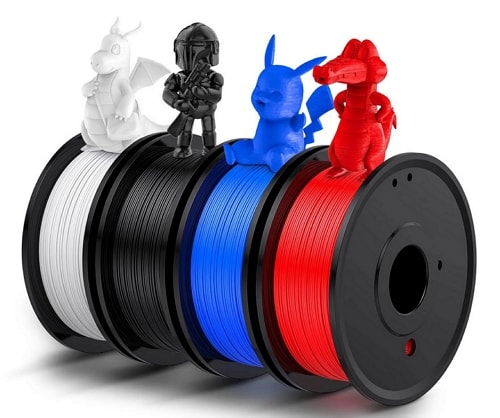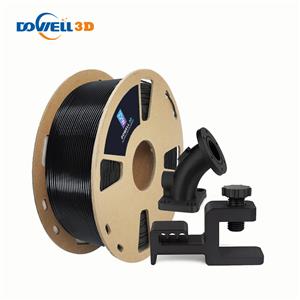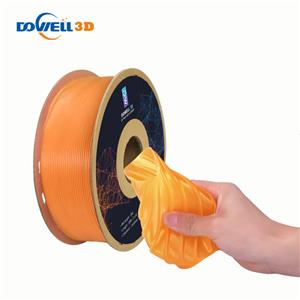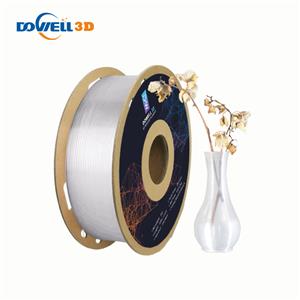Difference between PLA FILAMENT and PETG FILAMENT
The difference between PLA filament and PETG filament.
If you are a 3D printing enthusiast, you probably know that the two main printing materials for FDM 3D printers are PETG and PLA.
They both have their own unique advantages.
How to choose? Which one is best for your needs?
Let's take a closer look at the differences between PETG and PLA to help you make a decision.
First, we need to figure out what PLA and PETG are.
What is PLA?
PLA is a biodegradable material that is generally made from corn starch or sugar cane.
PLA is a popular choice for 3D printing materials because it can be printed with almost any FDM 3D printer, it is easy to use,
and it can produce high-quality prints. It requires lower printing temperatures than other materials, making it easier to print.
PLA is available in a variety of colors, including clear, white, and black.
It can also be mixed with other materials to create custom colors.
PLA is a great choice for environmentally friendly 3D printing materials.

What is PETG?
PETG is a 3D printing material that combines the qualities of ABS and PLA.
It is strong and durable like ABS, but is also easy to print with and does not require a heated bed to print.
PETG is a good choice for both beginners and experienced users. It is also one of the most versatile materials, which means it has more applications.
PETG is also available in a variety of colors, so you can find the right color for your creation.
PETG vs. PLA: Main Differences
So, what are the main differences between PETG and PLA?
1. PLA is easier to print with than PETG
PLA is a softer material that is easier to print with, making it a good choice for beginners. PETG, on the other hand, is more challenging to print with, but the resulting prints are stronger and less likely to warp or deform.
For this reason, PETG is often the preferred choice for more advanced users. So, which one is right for you? That depends on your experience level and what you plan to use 3D printing for.
If you need strong and durable prints, PETG is the way to go. If you're just starting out, PLA might be a better choice.
2. Characteristics
They all have their own different characteristics that make them suitable for different application scenarios.
PLA is a biodegradable plastic that is derived from renewable resources such as corn starch or sugar cane. It has a low melting point, making it easy to work with, and it can be printed at high speeds without warping. PLA is also one of the safest 3D printing materials because it doesn't emit dangerous fumes when heated. However, PLA is not as strong or durable as PETG, and is not suitable for use in environments exposed to high temperatures or sunlight.
PETG is a strong and durable plastic that is often used in food and beverage packaging. PETG is also easy to print, has a high melting point, and is less likely to warp during the printing process. However, PETG is more difficult to work with than PLA and produces fumes when heated. It is also not as biodegradable as PLA.
3. Post-processing
Both materials have their own advantages and disadvantages, but one key difference between the two is post-processing.
In this regard, PLA is generally considered easier to work with because there are more diverse post-processing options.
In contrast, PETG is more difficult to post-process due to the sticky adhesion of the material.
4. Price
PETG material is generally more expensive than PLA material, but it is also stronger and more durable. On the other hand, PLA is less expensive, but also less durable. Therefore, if you are looking for a material that will last longer and resist wear and tear, PETG is a good choice. If you are on a limited budget, PLA material is also a good choice.
Conclusion
Both PLA and PETG are excellent choices for 3D printing. Each method has its own unique advantages and disadvantages. PLA is a biodegradable, easy-to-use material that prints well at lower temperatures but is not as strong or heat-resistant as PETG. PETG is a strong, durable material that can be printed at higher temperatures but requires more care to avoid curling.




